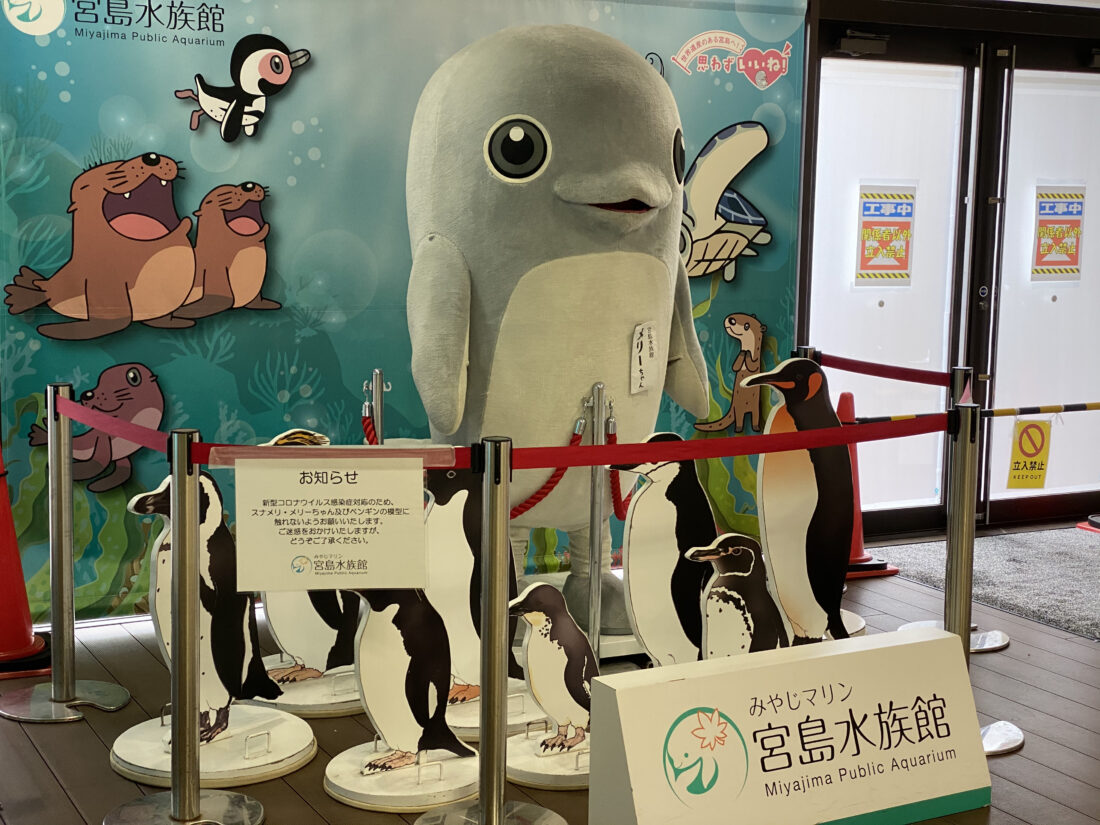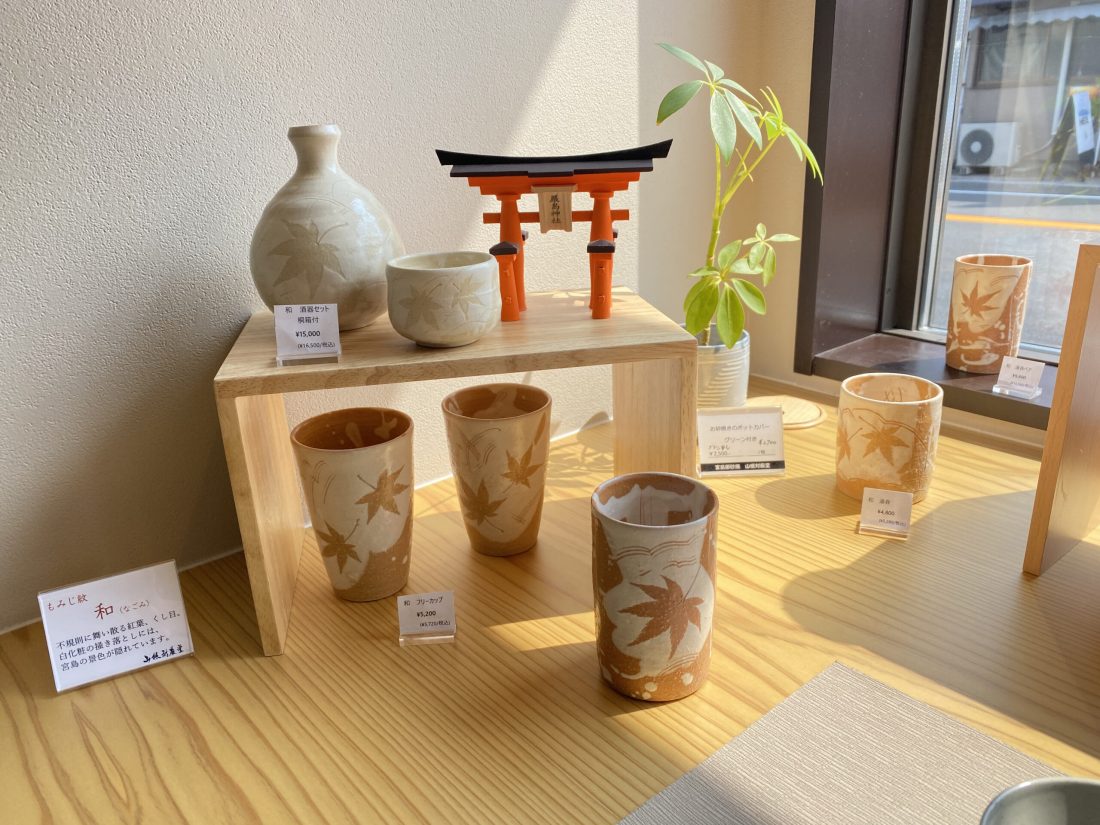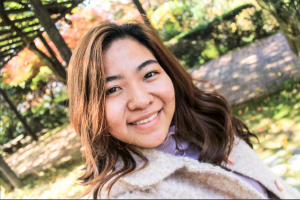100 Stories
A Chill Day Out: Visiting the Miyajima Public Aquarium and Yamane Taigendo
The Famous Miyajima
People who visit and travel around Hiroshima would come across a place called Miyajima. Miyajima is a nickname people started calling Itsukushima, a small island found in Hiroshima Bay of Western Japan. It is famous for its green forestries and ancient temples. Most significantly, Miyajima is known for the famous Itsukushima Shrine, one of the two world heritage sites found in Hiroshima. Itsukushima Shrine is well-known for its traditional Japanese gate, or torii, that sits on the water.
While getting to see this great historical structure, Miyajima offers more than what it’s famously known for. While mountaineers and outdoor enthusiasts would easily fall in love visiting its breathtaking mountains and forests, Miyajima also offers lovely sightseeing spots for family travelers and those who just want to have a chill day out.
Yamane Taigendo – Pottery
The first stop you can make once arriving at Miyajima station is visiting a shop called Yamane Taigendo 「山根対厳堂」
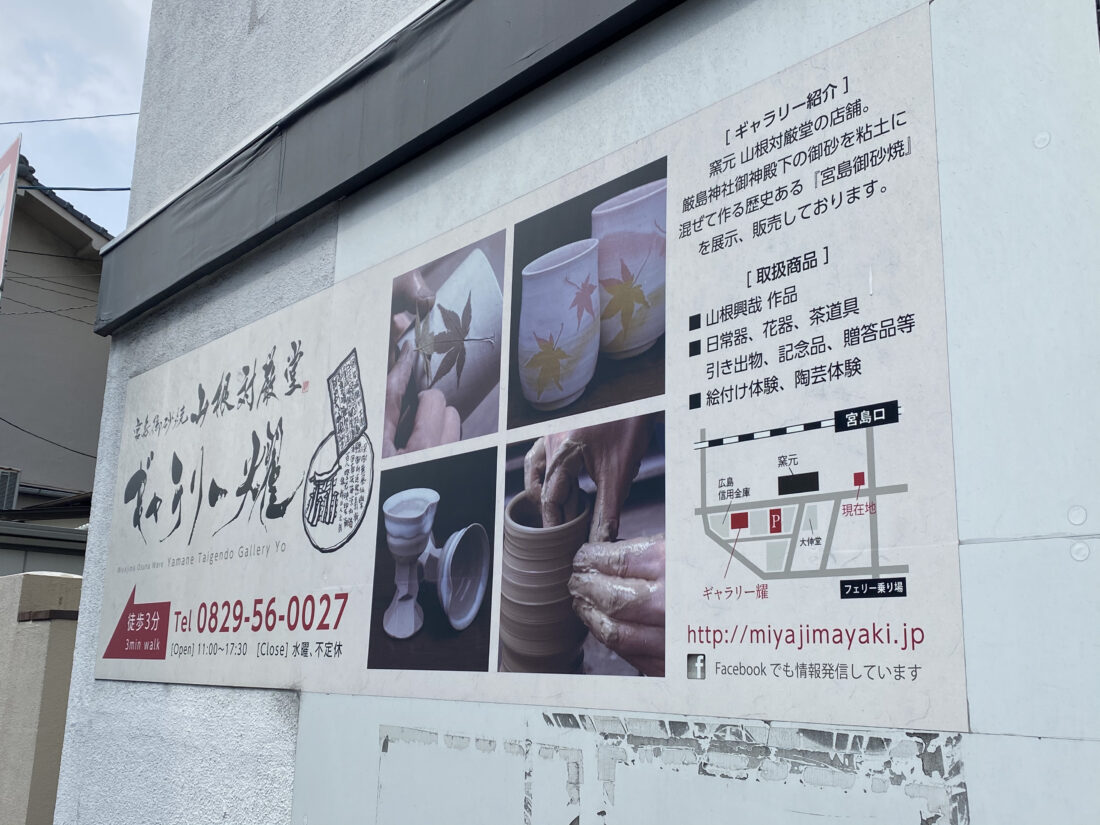
Yamane Taigendo is a famous pottery shop named the “Official Kiln of Itsukushima Shrine” and a “Traditional Craft of Hiroshima Prefecture.” Yamane Taigendo’s history dates back to 1912 when they started the practice of using Osuna, sacred sand from the main shrine of Itsukushima. This practice originates from the story of travelers taking sand from the Itsukushima Shrine as a good luck charm and bringing back the sand twice as much as they mixed it from the sand they gathered on their travels. Learning about their story just makes this one of the must-visits to do when in Miyajima.
It was a lovely Sunday morning, the 14th of March 2021, just two days after Yamane Taigendo opened a new branch near Miyajima Station. It was just a five-minute walk from the Station, and it was effortless to find. They were just opening up when I got there, and as soon as I got entered, I immediately asked if I could join the pottery painting workshop that day. Their website mentioned that they have three sessions a day for potter painting experience, and walk-ins are okay. Unfortunately, because of COVID and some renovations they’re still working on, they had to lower the number of slots available. Regrettably, they were already booked until the end of March, and I didn’t get to join their classes. That’s when I realized how famous they are, and I was really sad that I wasn’t able to secure a workshop session.
One of Yamane Taigendo’s specialties is using real Japanese maple leaves to paint and decorate their products. This was something I wanted to try and was really looking forward to. The closest I could get to the experience was when one of the store personnel approached me to tell me stories about their pottery instead. She told me about the story of Osuna, which I had previously mentioned that I read from their website. Even more interesting, she tells me that the sand they use is blessed from Itsukushima Shrine, making their products extra unique and special.

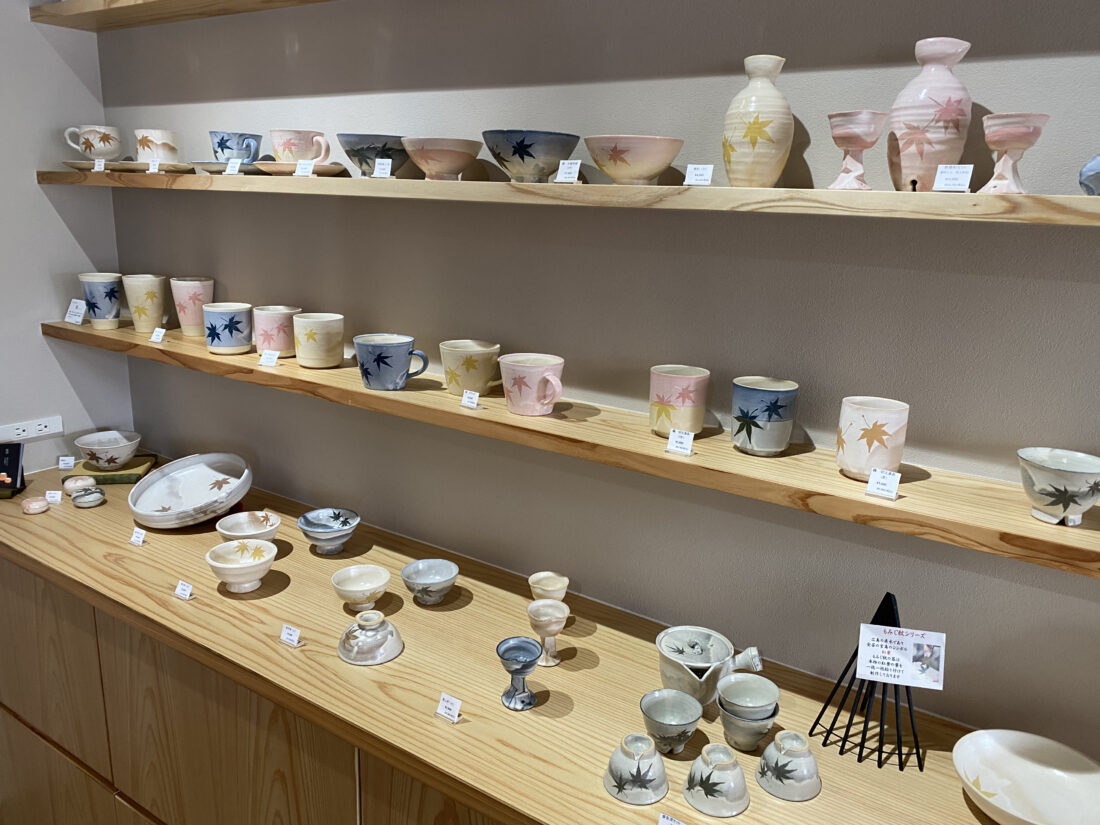
We were looking at coffee cups and mugs designed with Japanese maple leaves when she told me how they came up with this design. As one of Hiroshima’s symbols, Yamane Taigendo tried different methods to incorporate maple leaves into their designs. Successfully, they were able to decorate their products by using real maple tree leaves to paint the cups. This method makes each of their maple leaf line even more unique. Moreover, they also designed the cups to represent Miyajima symbolically. On the other side of the cups is a three-wave-like pattern. This pattern actually represents Miyajima, the sea, and the sky. After telling me this story, I instantly got attached to the mug, and I knew that I just had to get it. I loved how meaningful each design was thought of. After all, I love drinking coffee, and I would use it all the time. This design is available in three colors, navy blue, yellow, and pink, and I got the navy blue one.
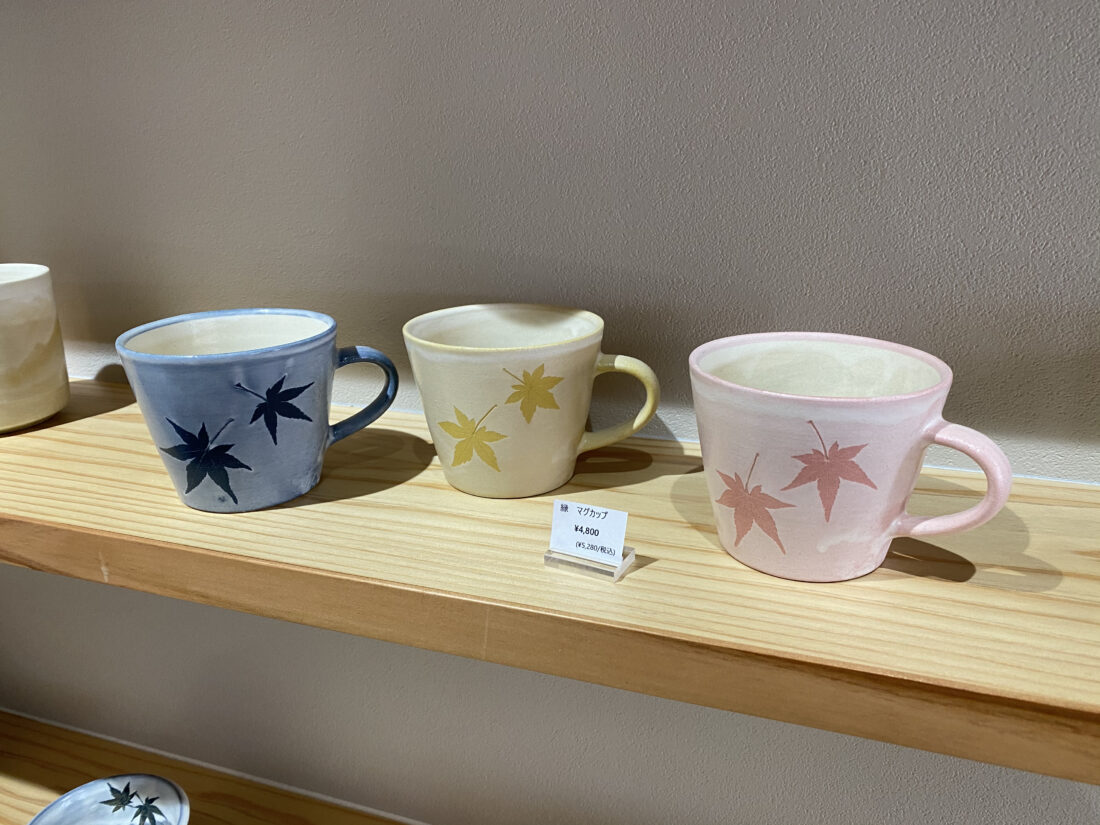
We then looked at their other lines, and she showed me one of their most unique lines, which I thought were pretty fun and playful. One of them is a cup for an espresso shot which you can’t put down unless you drink the shot because they designed it so that when you put it down, it spills. The design is that instead of having a flat base, they made it pointy, so when you put it down, it spills the drink. Another scheme they had has a round and curvy base that swivels around when you move it. These designs were so creatively thought of and would be so fun to use.
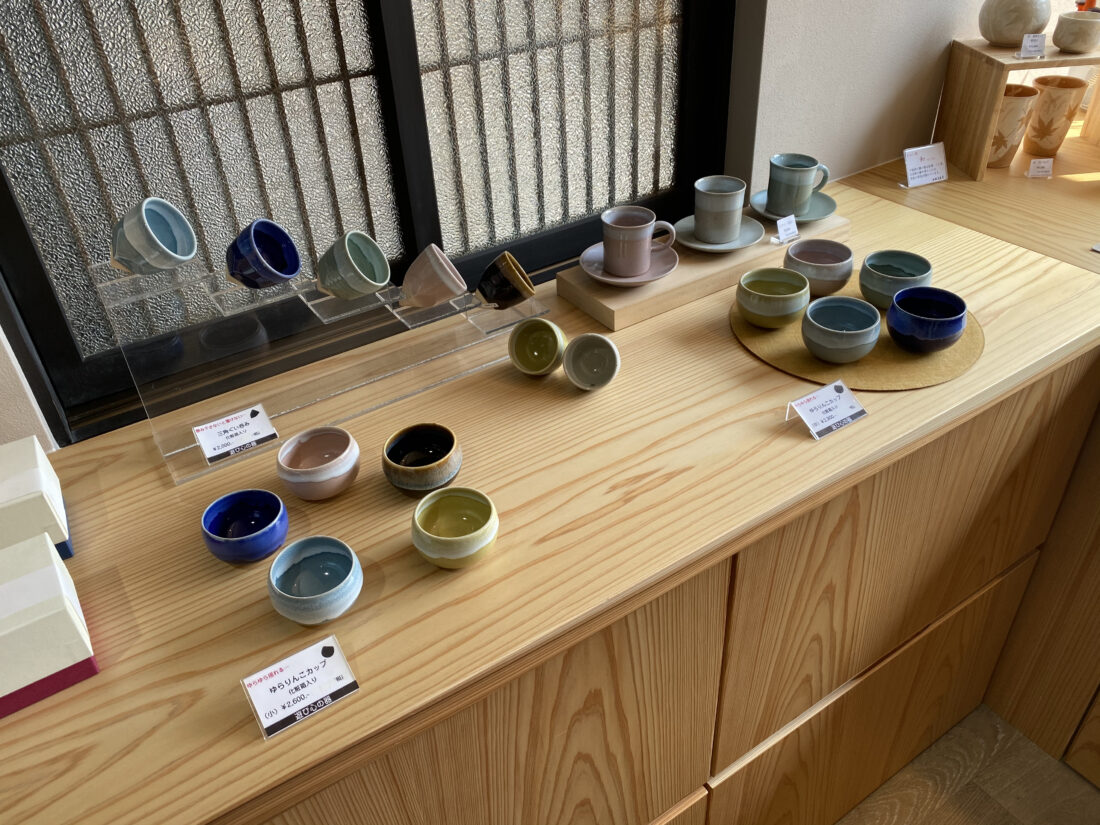
Yamane Taigendo is even more popular than I realized. On top of being fully booked for their pottery and painting sessions, they are famous for their handmade coffee cups designed in collaboration with Starbucks. More specifically, the only Starbucks coffee shop that sells this cup is found in Miyajima Island. It had maple leaf patterns and was made in a lovely cream and light yellow-orange color. It was called the Osunayaki mug. Because of its popularity and demand, they had to create a new and simpler design similar to the ones they sold at Starbucks just to accommodate those who couldn’t get their hands on those Starbucks x Yamane Taigendo cups. They called it a free cup, and they were really pretty too.
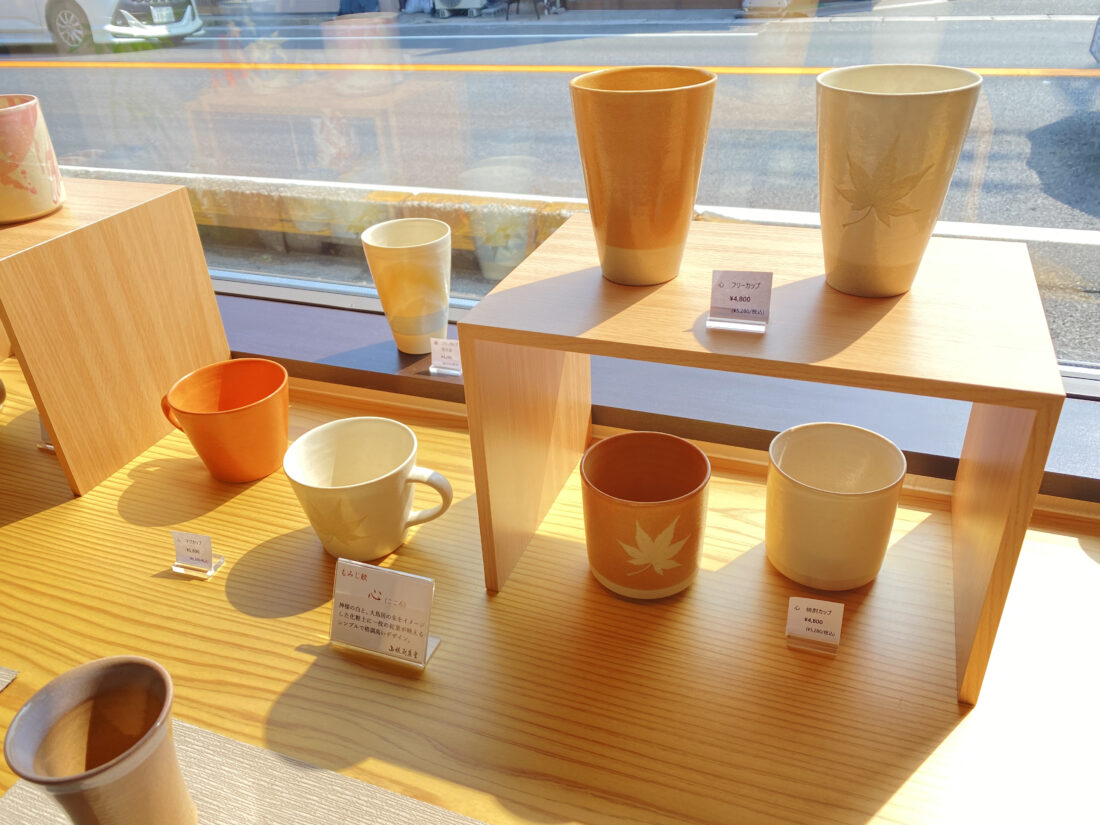
Despite not being able to join a pottery painting workshop, I learned a lot from my visit to Yamane Taigendo. Another story that the kind lady told me was about a sake set called Shuki Setto 「酒器セット」. It is inspired by what Japanese travelers use when drinking sake. Historically, Japanese travelers carry this with them to have a social drink every once in a while when traveling far and meeting new people. This set is composed of a Tokkuri「徳利」which serves as the pitcher for the sake. A pair of Bajouhai「馬上杯」or also known as a horse cup which is strategically designed for travelers to have a carry-on sake drinking cup strapped to their belts. It has a small hole on the base where you put a thread to tie on to a belt. While being respectful of its history, they also made sure to make quality products by giving it a sleek geometric stem that provides a good grip on the cup.
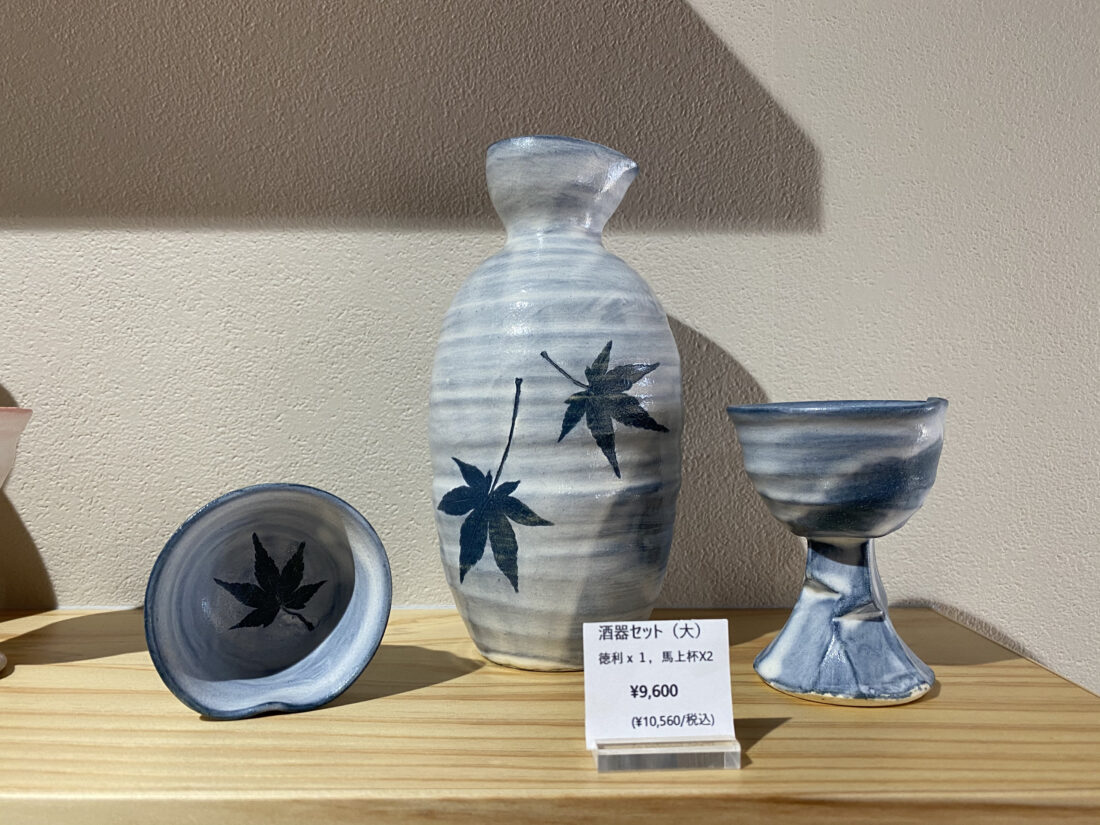
My visit to Yamane Taigendo was undoubtedly a heartwarming experience that made me appreciate their art and craftsmanship. The people in the shop were also very kind and friendly. It just made me see how passionate they are with their work. In addition to that, they also have different brochures and pamphlets available in English if you’d like to know more about them. I will for sure come back and visit again to join one of their classes and painting experiences.
Miyajima Public Aquarium
Firstly, getting to Miyajima Island is very easy and affordable. You get off Miyajima station from Hiroshima and take a five-minute walk to the port where you ride a ferry. It has three floors for its passengers and a dock for those traveling by car. For ¥180, the ferry ride takes about 10 minutes and offers a beautiful view of Hiroshima Bay.
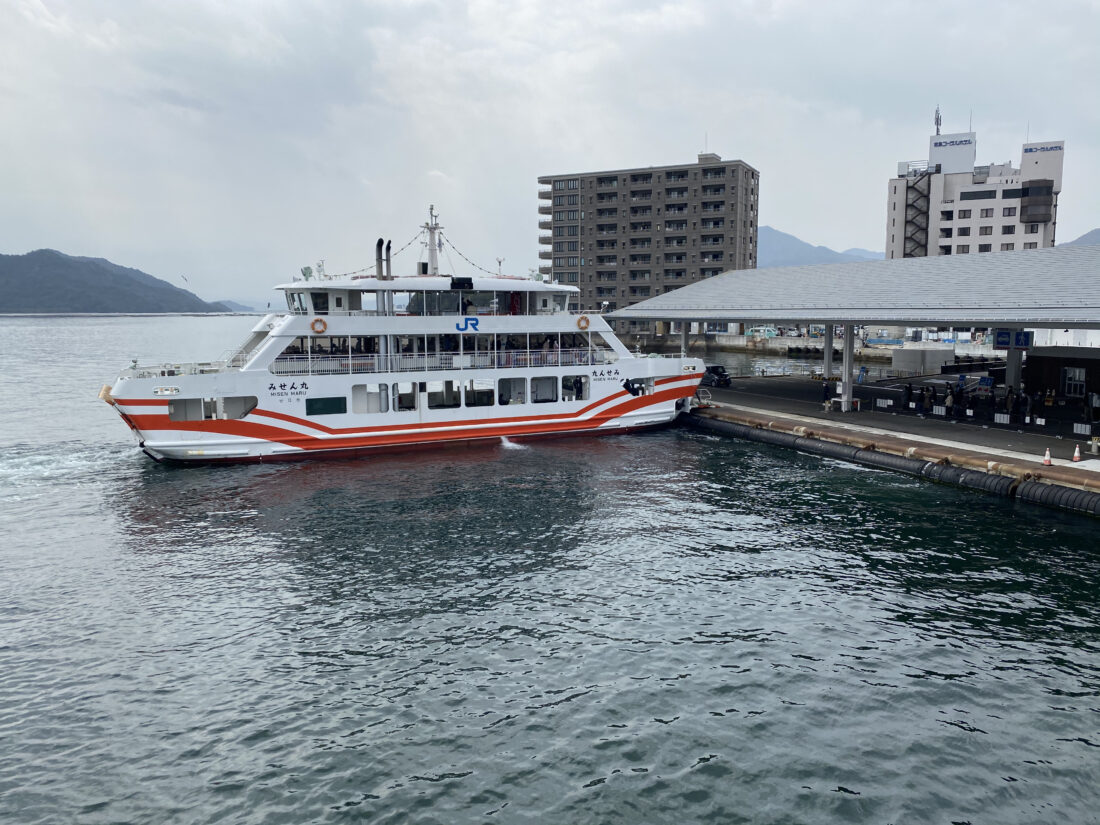
From the ferry terminal, the walk to Miyajima Public Aquarium takes about twenty minutes. You’ll pass through the famous Miyajima shopping street with all the souvenir shops, restaurants, bars, and a Starbucks. This Starbucks is the one I mentioned earlier where you can get handmade coffee cups made by Yamane Taigendo. You can take a couple of paths going to the Miyajima Public Aquarium after the Miyajima street shops. I took the nature walk to the Aquarium after passing through the shopping street of Miyajima. It was an easy and refreshing twenty-minute walk.
The entrance fee cost ¥1,420 for adults, ¥710 for junior high and elementary students, and ¥400 for children. They also offer special discounts for 20+ person groups or school groups. They also have lockers available once you enter the building. Re-entry is also allowed by getting a stamp when you exit. This is especially convenient when you want to try restaurants from the street shop instead. The restaurant they have is called Miyajimarine Kitchen; however, they only offer hamburgers and light foods and drinks. This is why you may prefer bringing your own food, which you can eat at an outdoor picnic area, or eat some of Miyajima’s famous delicacies and dishes from the shopping street.

Hiroshima is known for its delicious oysters, and this is one of the first things you’ll see when you enter the aquarium. They have an oyster raft that replicates how they are placed in the sea. From there, you’ll walk through different aquariums showcasing diverse and unique Seto Inland Sea species.
The Seto Inland Sea is Japan’s largest inland seas, and you’ll find over 350 species of them in this aquarium. If you’ve loved biology, you’d be just as amazed as I see all these creatures. One of which is the eminent horseshoe crab. I learned about them in my biology classes and have seen their shell, but I’ve never seen one alive. The little kids watching beside me were just as amazed when we saw their many legs.

From there, they had small aquariums showcasing different crustaceans, such as the different species of crabs and lobsters. There was an octopus, too, that was hiding in a small pot and a couple of vibrant corals. There’s also one aquarium that was just full of squids swimming around and inking.
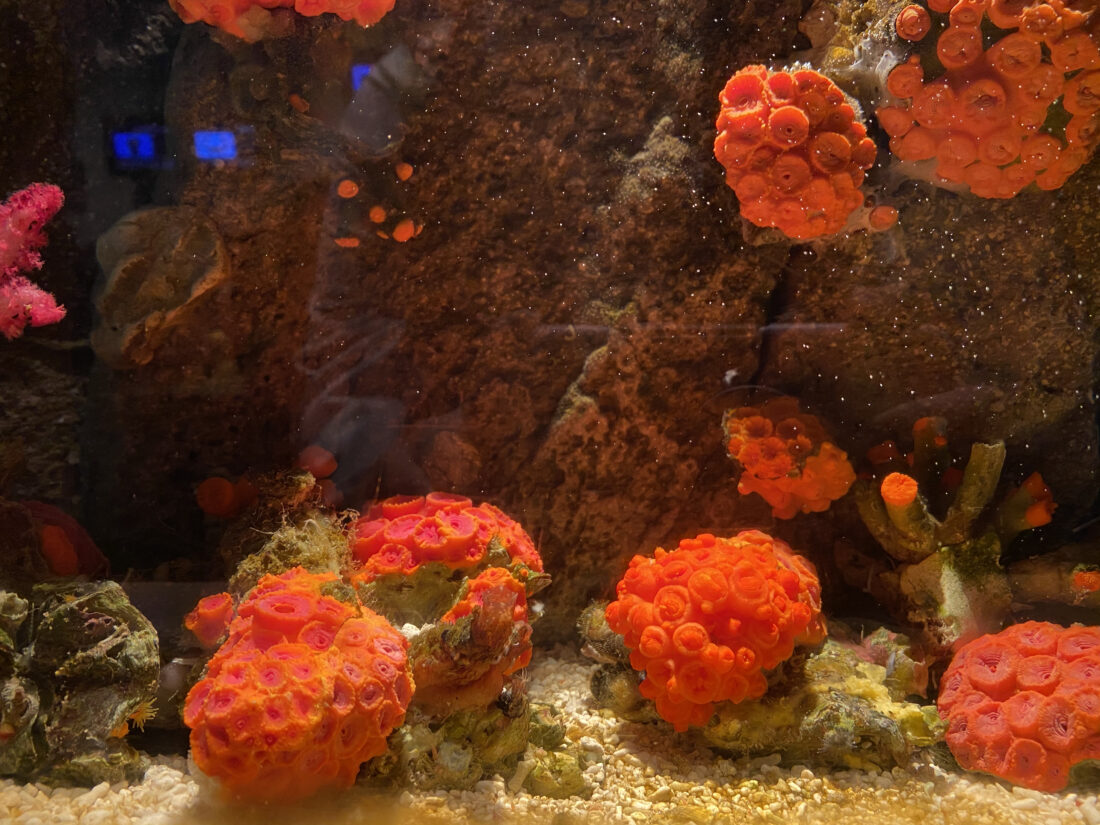
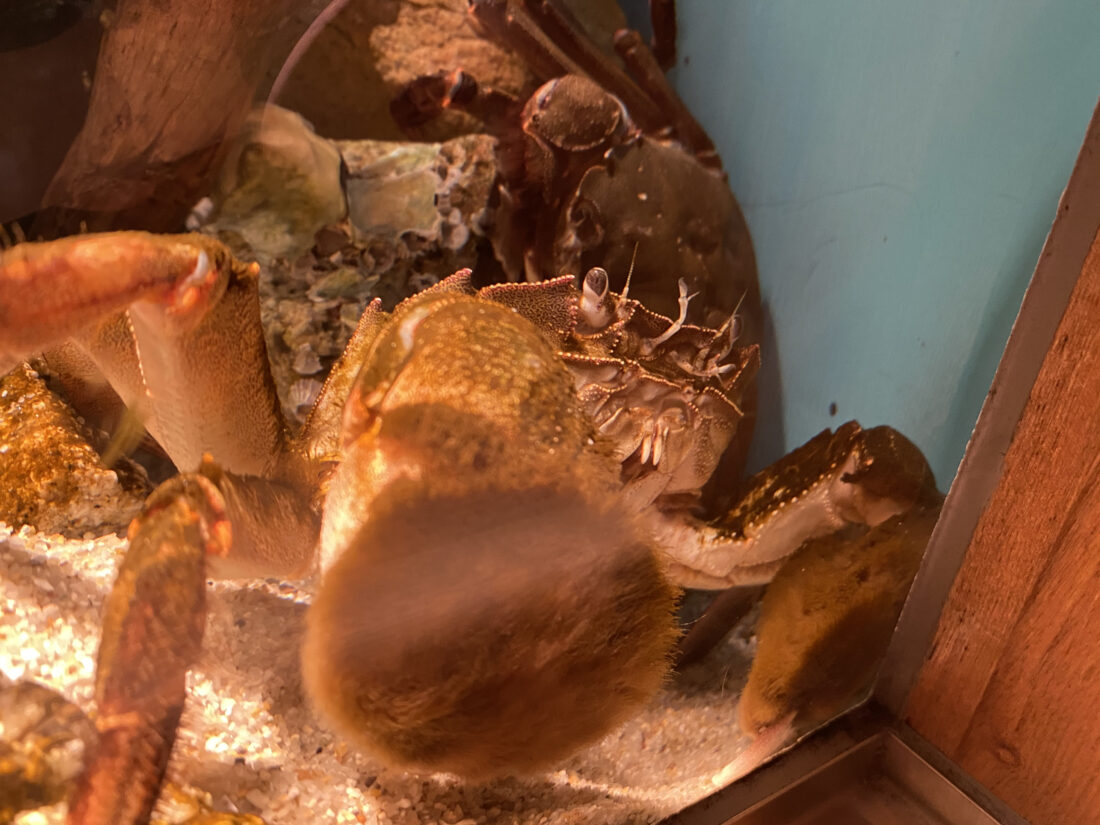
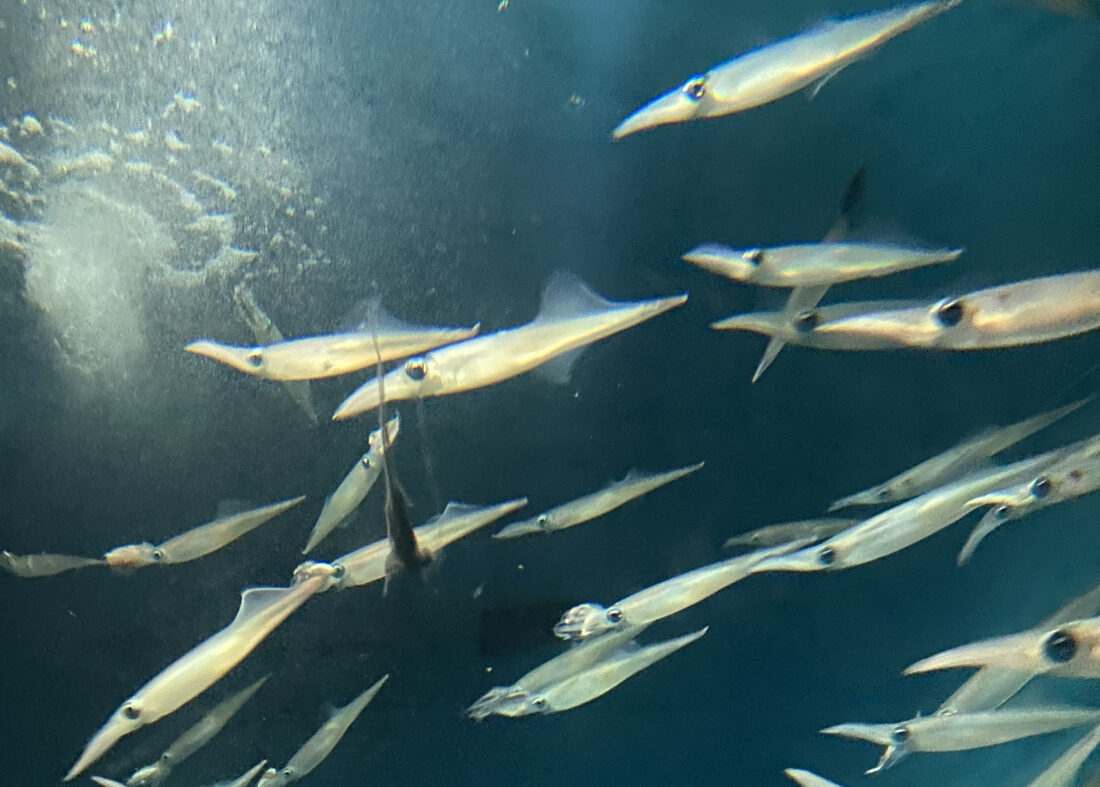
Then I walked into one of the big aquariums that were full of different fishes and manta rays. The manta rays were gracefully swimming around. They also had different types of sharks, big ones and small ones. The jellyfishes, on the other hand, are so enchanting to watch. It almost made me want to touch and play with them.
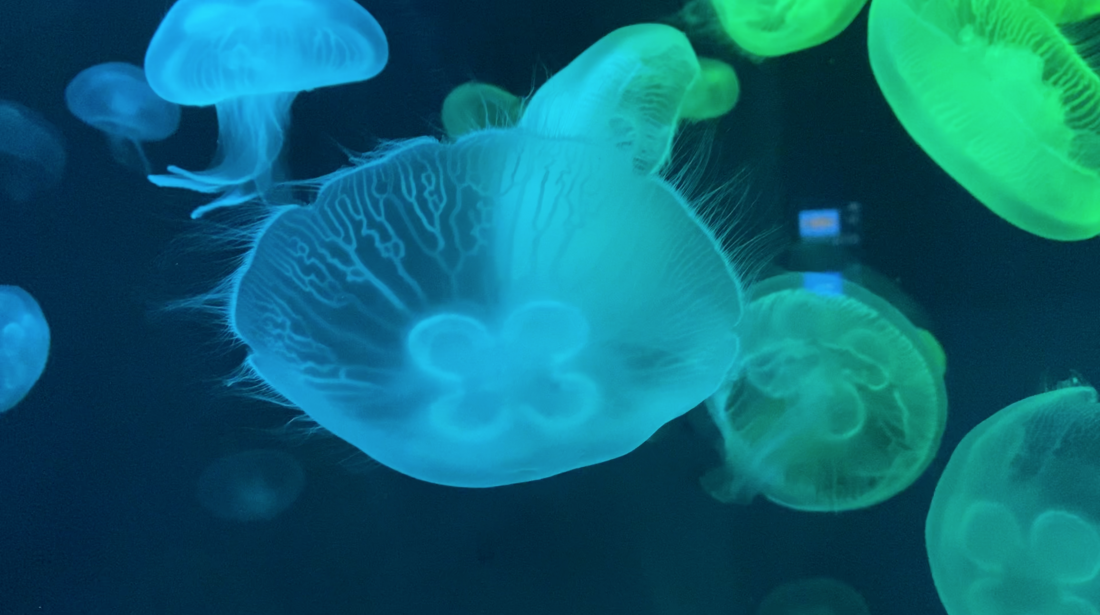
There were many funny-looking species, too, like the underwater sandworms that looked like they were bopping to some upbeat music. I also saw one fish that was just giving off a mood by the corner reflecting about life.
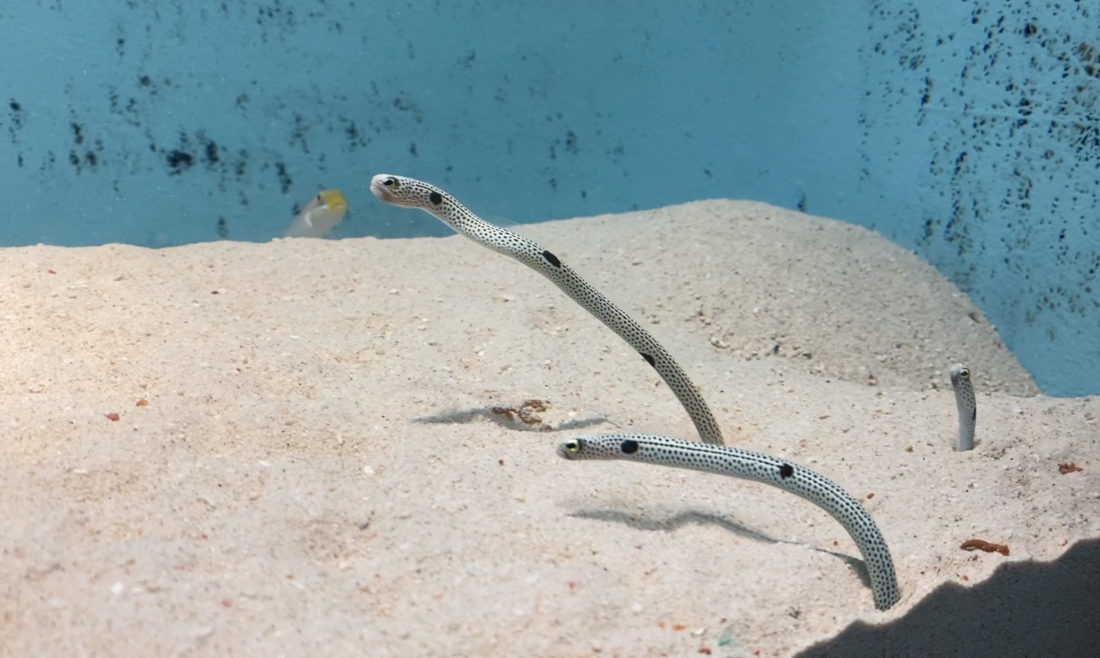
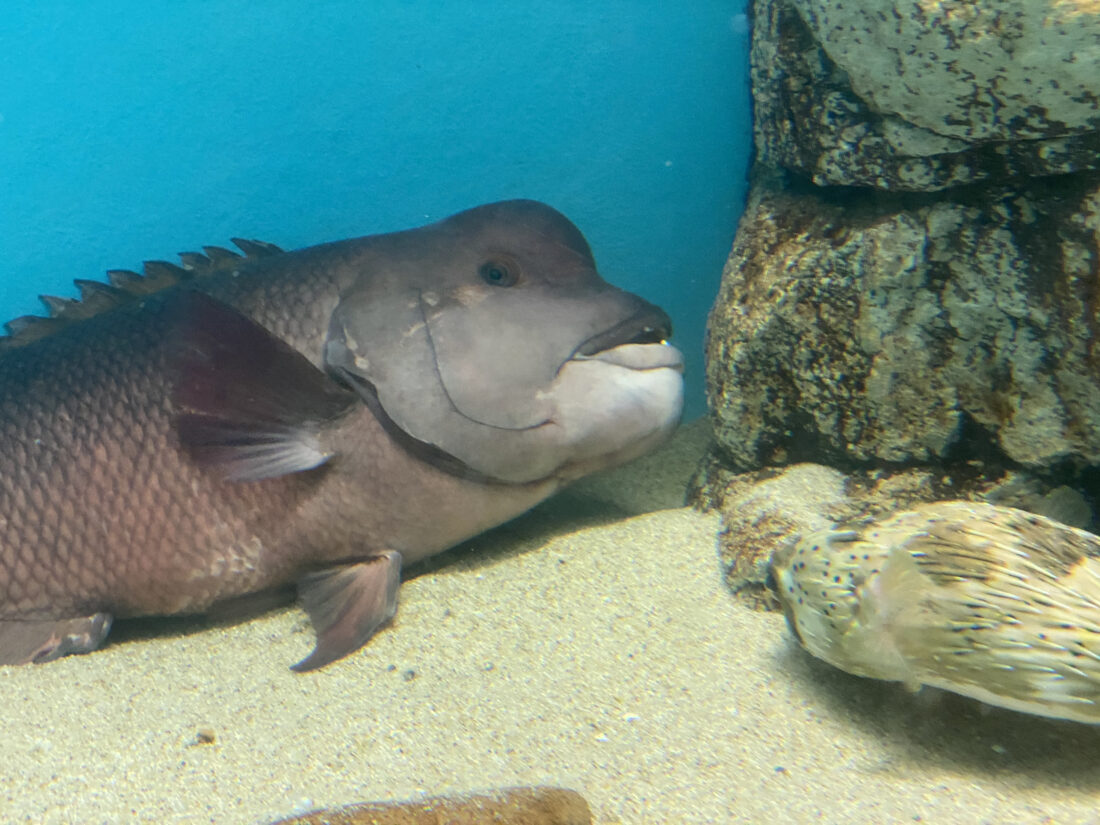
Moment of Joy: They also had an aquarium that just instinctively made me feel like I’m in a Disney-Pixar film. I instantly found myself looking for Nemo, but all I could see was Dory and Gill swimming around, probably looking for him too.
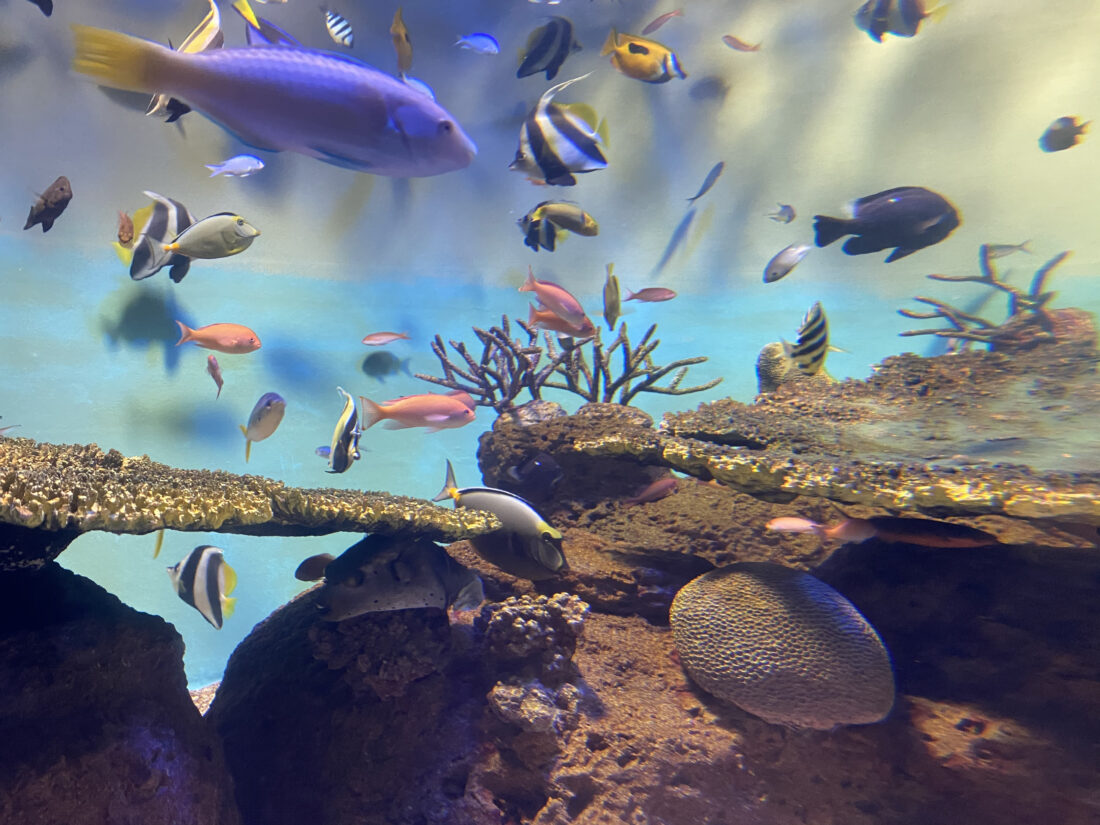
Other fantastic creatures you’ll find here are the beautiful dolphins, adorable otters, amusing penguins, and majestic sea lion. The way the sea lion was swimming around the pool looked like a projection on a screen. But, it was definitely real, and it was astonishing to watch.
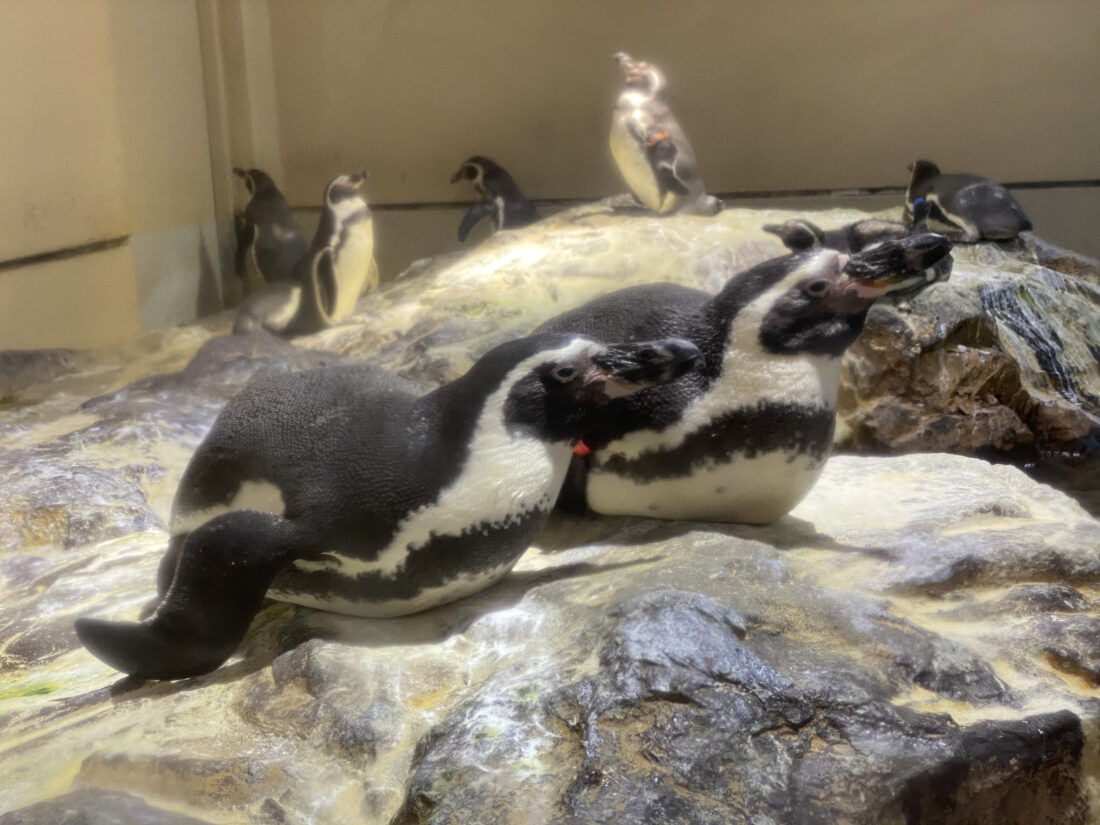
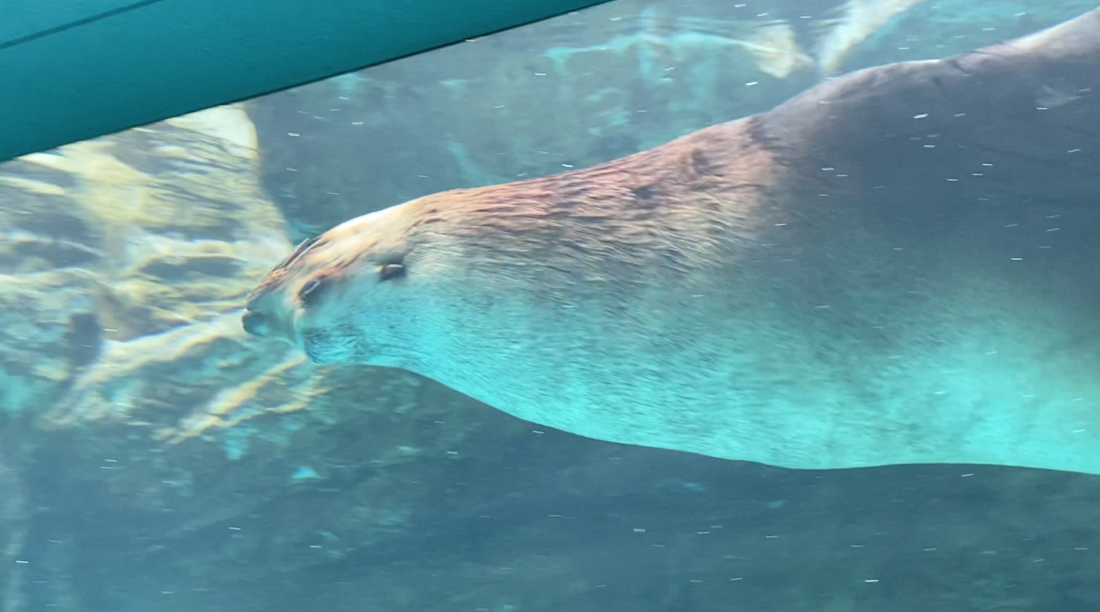
They also have live shows and events such as penguin feeding, otter feeding, sea lion shows, and lectures. On top of that, if you’re up for it, they have a fun time with seals and penguins where you can pet them. They also have a Rocky Shore of Friendship spot where you can touch sea creatures such as sea stars.
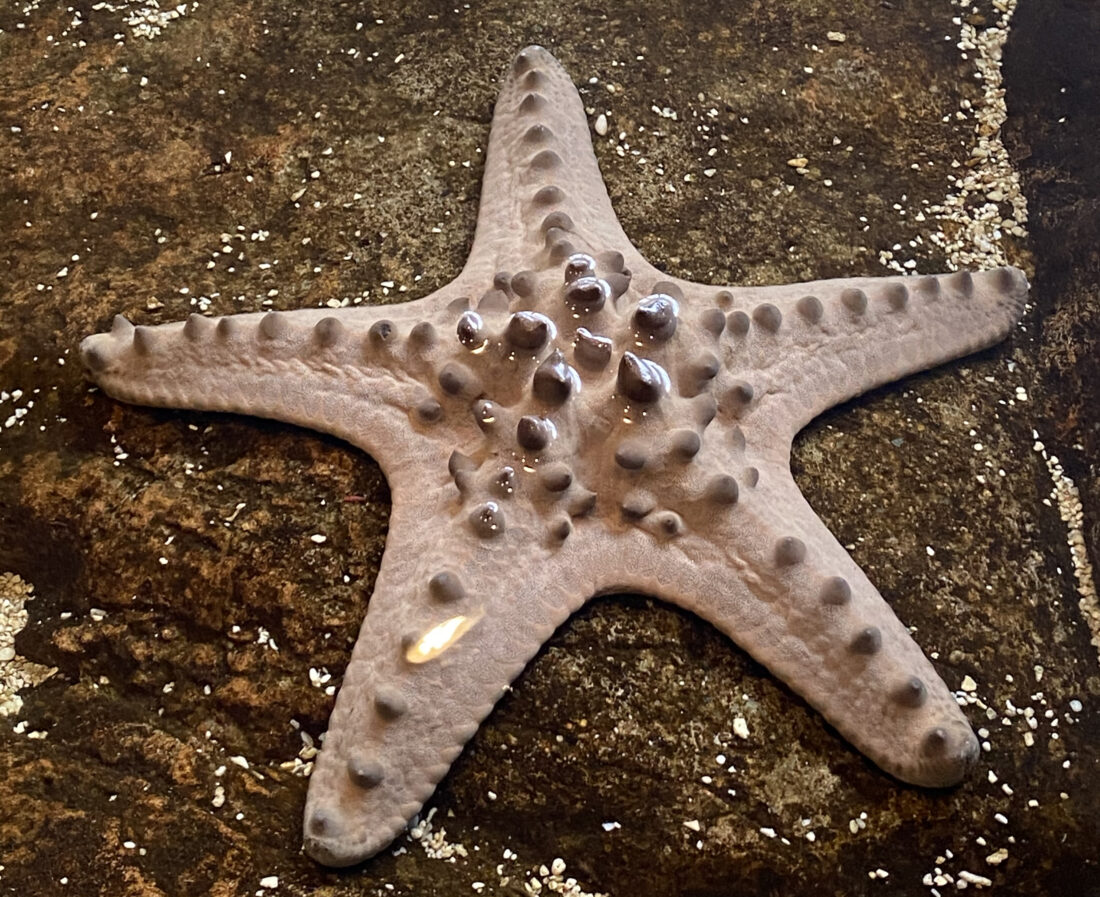
Overall, the Miyajima Public Aquarium is a great place for families and friends to have a fun, educational, and majestic experience with Seto Inland Sea’s spectacular creatures. They have a very friendly staff, a wonderful atmosphere, and they are a very accommodating facility.
